The story of the Weaver Girl and the Cowherd (Orihime & Hikoboshi), from which Tanabata is celebrated, is well-known. When I heard this story it struck me that it has many similarities to the Gospel. However in the Gospel, instead of ending with the lovers meeting only for one special day of the year, because of one special day in history, the lovers can be together for all time.
The Gospel story is very old, from the beginning of human history, and it is found in the Bible. Though it is an ancient and global story it is not very familiar to many Japanese. I find it helpful to learn a story by comparing it with a familiar one. With this in mind let’s look at the Gospel through the story of Orihime and Hikoboshi.
Summary of the Weaver Girl and the Cowherd
Let us quickly review this familiar story as Wikipedia tells it: Orihime (織姫 Weaving Princess?), daughter of Tentei (天帝 Sky King), wove beautiful clothes by the bank of the Amanogawa (天の川 Milky Way). Tentei loved the cloth that she wove and so she worked very hard every day to weave it. However, Orihime was sad that because of her hard work she could never meet and fall in love with anyone. Concerned about his daughter, Tentei arranged for her to meet Hikoboshi (彦星 Cow Herder – also referred to as Kengyuu (牽牛?)) who was on the other side of the Amanogawa. When the two met, they fell instantly in love with each other and married shortly thereafter. However, once married, Orihime no longer would weave cloth for Tentei and Hikoboshi allowed his cows to stray all over Heaven. In anger, Tentei separated the two lovers across the Amanogawa and forbade them to meet. Orihime became despondent at the loss of her husband and asked her father to let them meet again. Tentei was moved by his daughter’s tears and allowed the two to meet on the 7th day of the 7th month if she worked hard and finished her weaving. The first time they tried to meet, however, they found that they could not cross the river because there was no bridge. Orihime cried so much that a flock of birds came and promised to make a bridge with their wings so that she could cross the river. So Tanabata is celebrated on the 7th day of the 7th month of the year. It is said that if it rains on Tanabata, the birds cannot come and the two lovers must wait until another year to meet.
Orihime and Hikoboshi in the Gospel Story
The Bible uses many images in telling the Gospel. The primary image to show the relationship of people to God is that of children to a parent. Consider this verse from the Bible.
Do everything without grumbling or arguing, 15 so that you may become blameless and pure, “children of God without fault in a warped and crooked generation.” Then you will shine among them like stars in the sky. (Philippians 2:14-15)
God made us to be ‘children of God’ that would shine like stars, since we were made in His image. In that sense we are like Orihime, the daughter of Tentei who shined bright as a star. The Bible also uses another image to show our relation to God, as we see here.
As a young man marries a young woman, so will your Builder marry you; as a bridegroom rejoices over his bride, so will your God rejoice over you. Isaiah 62:5
As Orihime was made to have the love of Hikoboshi, people were made to experience the love of God. But this love is particularly from Jesus, the main character in the Gospel story. He is like Hikoboshi, the one who loved Orihime. The Bible describes Jesus’ love like this:
I pray that you, being rooted and established in love, 18 may have power, together with all the Lord’s holy people, to grasp how wide and long and high and deep is the love of Christ, (Ephesians 3: 17b-18)
The love of Jesus Christ is so strong that it is hard for us to understand. In fact, it is this love of Jesus that is described in the Bible using the image of the love of a husband for his wife
2 I saw the Holy City, the new Jerusalem, coming down out of heaven from God, prepared as a bride beautifully dressed for her husband. (Revelation 21:2)
9 One of the seven angels who had the seven bowls full of the seven last plagues came and said to me, “Come, I will show you the bride, the wife of the Lamb.” (Revelation 21:9)
One of the titles of Jesus in the Bible is ‘the Lamb’. So this is describing a heavenly wedding between the Lamb (Jesus) and the people that return his love (The Bride). The picture is very similar to the great love between Orihime and Hikoboshi.
Bad news in the Gospel
These verses show the intended outcome at the end of the Gospel story, but the Gospel describes our current situation quite differently. In fact, the Bible pictures us as being separated from God, just like Orihime and Hikoboshi have become separated by the vast Milky Way.
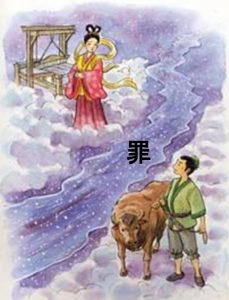
We are separated because of the selfish things we do and say – what we call ‘sin’. It is described in the Bible as a corruption which causes us to think, say and do wrong things. This separates us from the purity of God. The result of our sin as explained by this verse:
your iniquities (sins) have separated you from your God;
your sins have hidden his face from you,
so that he will not hear. (Isaiah 59:2)
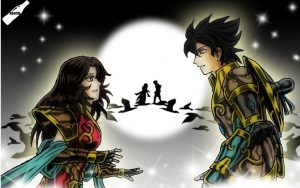
We are separated from the one who loves us, just like Orihime and Hikoboshi are separated from each other. Orihime and Hikoboshi are able to meet on the 7th day of the 7th month if they work hard the other days of the year. Many people think it is the same with God. They hope that if they work hard enough in doing good, offer enough sacrifices, perhaps being generous to other people, then they will earn enough merit so that this separation can be bridged.
However, this will not work. The Bible says that
All of us have become like one who is unclean, and all our righteous acts are like filthy rags; we all shrivel up like a leaf, and like the wind our sins sweep us away. (Isaiah 64:6)
Notice who this is speaking about. It says ‘All’ – not just bad people, or uneducated people or people from another country, but ‘all’. The writer of this book of the Bible, Isaiah, even included himself when he continued All ‘of us’. Though he was a very spiritual man, even his ‘righteous acts’ (the good things done to earn good merit) were only ‘filthy’. The separation between us and God is even greater than the separation between Orihime and Hikoboshi, since their separation is bridged one day in the year through good work.
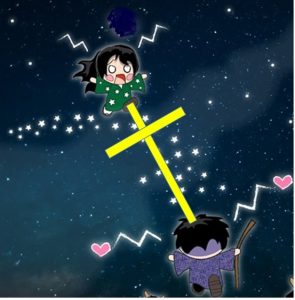
It is hard for us to really admit that we cannot bridge this separation between us and God. It is a sad moment when this truth sinks in, but it is at exactly this point that the Gospel changes to a hopeful story for the Bible says in the Gospel that:
6 You see, at just the right time, when we were still powerless, Christ died for the ungodly. 7 Very rarely will anyone die for a righteous person, though for a good person someone might possibly dare to die. 8 But God demonstrates his own love for us in this: While we were still sinners, Christ died for us. (Romans 5: 6-8)
The Gospel does not end there but continues to tell us that Jesus
… was raised on the third day according to the Scriptures, 5 and that he appeared to Peter, and then to the Twelve. (1 Corinthians 15: 4-5)
Why did he die?
18 For Christ also suffered once for sins, the righteous for the unrighteous, to bring you to God. He was put to death in the body but made alive in the Spirit. 1 Peter 3: 18
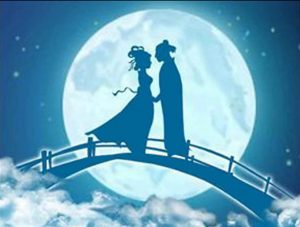
Jesus died on a cross on a Friday but then came alive again on a Sunday. He did so to bridge the separation between us and God. It would be like Hikoboshi dying, but then coming alive again, so that the separation between Orihime and himself would be bridged. This bridge is not for only one day a year, but for all time. To conclude the Gospel, the Bible says:
Look! God’s dwelling place is now among the people, and he will dwell with them. They will be his people, and God himself will be with them and be their God. 4 ‘He will wipe every tear from their eyes. There will be no more death’ or mourning or crying or pain, for the old order of things has passed away. (Revelation 21: 3-4)
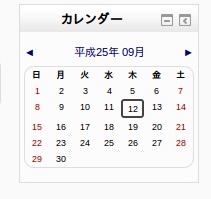
Tanabata is celebrated in Japan on the 7th day of the 7th month for the one day in the year when Orihime and Hikoboshi can be together. Since Jesus was crucified on Friday, and rose on Sunday, then he rested in death in the intervening Saturday – the 7th day of the week. The 7-Day week was established at the beginning of human history – which is why the 7-day week is found in all cultures
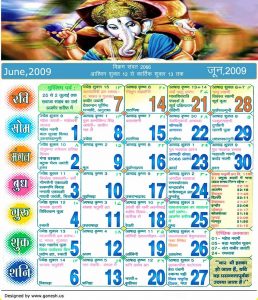
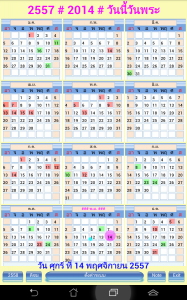
and used around the world. In that first week of human history, God rested on the 7th Day as a prediction of the 7th day in the week (Saturday) when Jesus would rest in death before his resurrection. This 7th Day still used for rest today is a sign of the bridge to God which is open every day of the year.
Looking at it through the story of Hikoboshi and Orihime may help us understand the Gospel better. One important difference between these two stories is that the Gospel is given not as a mythical story but as history. Not only was Jesus a real person who lived and died, and whose tomb in Jerusalem is empty, but at the beginning of human history, then through key events in history, such as the sacrifice of Abraham predicting the location of Jesus’ death and the Passover predicting the day of the year, details of Jesus’ death and resurrection were predicted.
The Gospel does not force this heavenly wedding on anybody. It is offered as a gift. As I found it worthwhile to learn about the story of Orihime and Hikoboshi, I hope you take the opportunity to learn more about the gospel. A good place to start is the article explaining how the Gospel is a gift. Starting here will bring you to the beginning of human history and continue chronologically. It is after all, a story with a fantastic ending, with this invitation for you
17 The Spirit and the bride say, “Come!” And let the one who hears say, “Come!” Let the one who is thirsty come; and let the one who wishes take the free gift of the water of life. (Revelation 22:17)
Surely a story worth understanding.